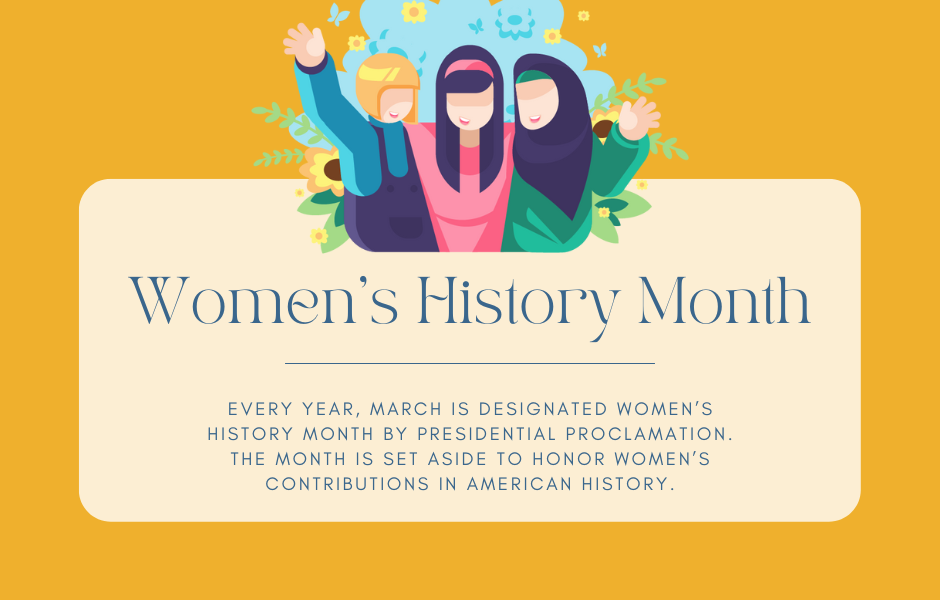Highlighting Women in the 9-1-1 Industry within Texas
Written By Destanie Ontiveros, NCT9-1-1 Communications Coordinator
Happy Women’s History Month! In 1980, then-President Jimmy Carter declared March second-eighth as Women’s History Week. After realizing there’s too much women’s history to squeeze into seven days, Congress passed the Public Law 100-9 in 1987, proclaiming March as Women’s History Month. This month has deep importance for women.
The North Central Texas Emergency Communications District (NCT9-1-1) reflects on the accomplishments and contributions of women all around the world during this Women’s History Month. NCT9-1-1 would like to spotlight influential women who helped shape the 9-1-1 industry in Texas as we know today: Toni Dunne, Sherry Decker, Laverne Hogan, and Christy Williams. Women’s History Month is an opportunity to learn, reflect, and celebrate and NCT9-1-1 is honored to have had and continue to work with influential women in the 9-1-1 industry.
Toni Dunne is a certified Emergency Number Professional (ENP) with over 32 years in the public safety industry. Toni’s array of experience includes training and accessibility programs, Emergency Communications Centers (ECCs) relations, and government and regulatory affairs. Toni currently serves as a Customer Service Manager for Motorola Solutions where she works with customers and 9-1-1 service providers to transition to the Next Generation platform for 9-1-1. Toni has been recognized by Telecommunications for the Deaf & Hard of Hearing Inc. (TDI) as one of the 30 individuals in the United States who have produced the greatest impact on 9-1-1 telecommunicators accessibility. On the 50th Anniversary of 9-1-1, the National Emergency Number Association (NENA) recognized Toni in the top 50 individuals in the conceptions and development of 9-1-1. Toni has been instrumental in aiding and developing accessible 9-1-1 to the Deaf & Hard of Hearing community in Texas. Toni’s continuous hard work and dedication to the accessibility of 9-1-1 has made her one of the trailblazing women we’d like to recognize this month.
Sherry Decker, Tarrant County 9-1-1 Director, has been in public safety for over 40 years. Sherry serves as a voice for 9-1-1 telecommunicator with her contributions to Texas Nine one-one Trainers (TNT), Texas Telecommunicator Emergency Response Taskforce (TERT), Texas Commission on Law Enforcement (TCOLE), as well as serving on the Texas NENA Board. Sherry co-founded TNT as their leader and facilitator for many years. Sherry also worked on the TERT training curriculum to get the training online through the Federal Emergency Management Agency (FEMA). With involvement in TCOLE, Sherry represented 9-1-1 to the group that was at the time, made up of Fire, EMS, and Police. Sherry served as the Texas NENA president from 2010-2012. With her efforts and contributions made to 9-1-1 in the state of Texas, she has made a lasting and positive effect on the 9-1-1 industry.
The late Laverne Hogan was the founding director of the Greater Harris County 9-1-1 Emergency Network. Laverne was a pioneer for 9-1-1 within Texas and was the first Texas NENA president. Laverne’s exceptional management style and supportive people skills allowed her to develop an advanced and nationally recognized 9-1-1 system. Laverne served as a voice to represent the importance of 9-1-1 funding to the Texas senate. Laverne has become an unforgettable leader within the 9-1-1 industry and was a trailblazer for the 9-1-1 industry whose legacy lives on in memory and spirit.
Christy Williams, NCT9-1-1 Director, has been amongst the group of significant people who introduced, implemented, and solidified text to 9-1-1 technology solutions in Texas. With over 30 years in the public safety industry, Christy served as the President for NENA from 2014-2016. Christy chaired the national NENA Public Education Committee through the Operations Committee for seven years and served on the national NENA Educational Advisory Board for 13 years. Christy won the prestigious Laverne Hogan Award in 2011. Christy is an Early Adopter of 9-1-1 technology and operations and co-founded the Early Adopter Summit (EAS). The EAS is held annually and brings together disrupters and innovative industry partners with public safety representatives who are driving the transformation of 9-1-1 and filling the centers with new technologies, operational strategies, and governance. Christy is an early adopter who continues to inspire servant leadership and technological advances in the 9-1-1 industry.
These women have been great examples of success within the 9-1-1 industry and have opened doors and opportunities for others. By setting precedent examples and opportunities within the 9-1-1 industry, Toni Dunne, Sherry Decker, Laverne Hogan, and Christy Williams are among the many women who deserve a highlight during Women’s History Month.




